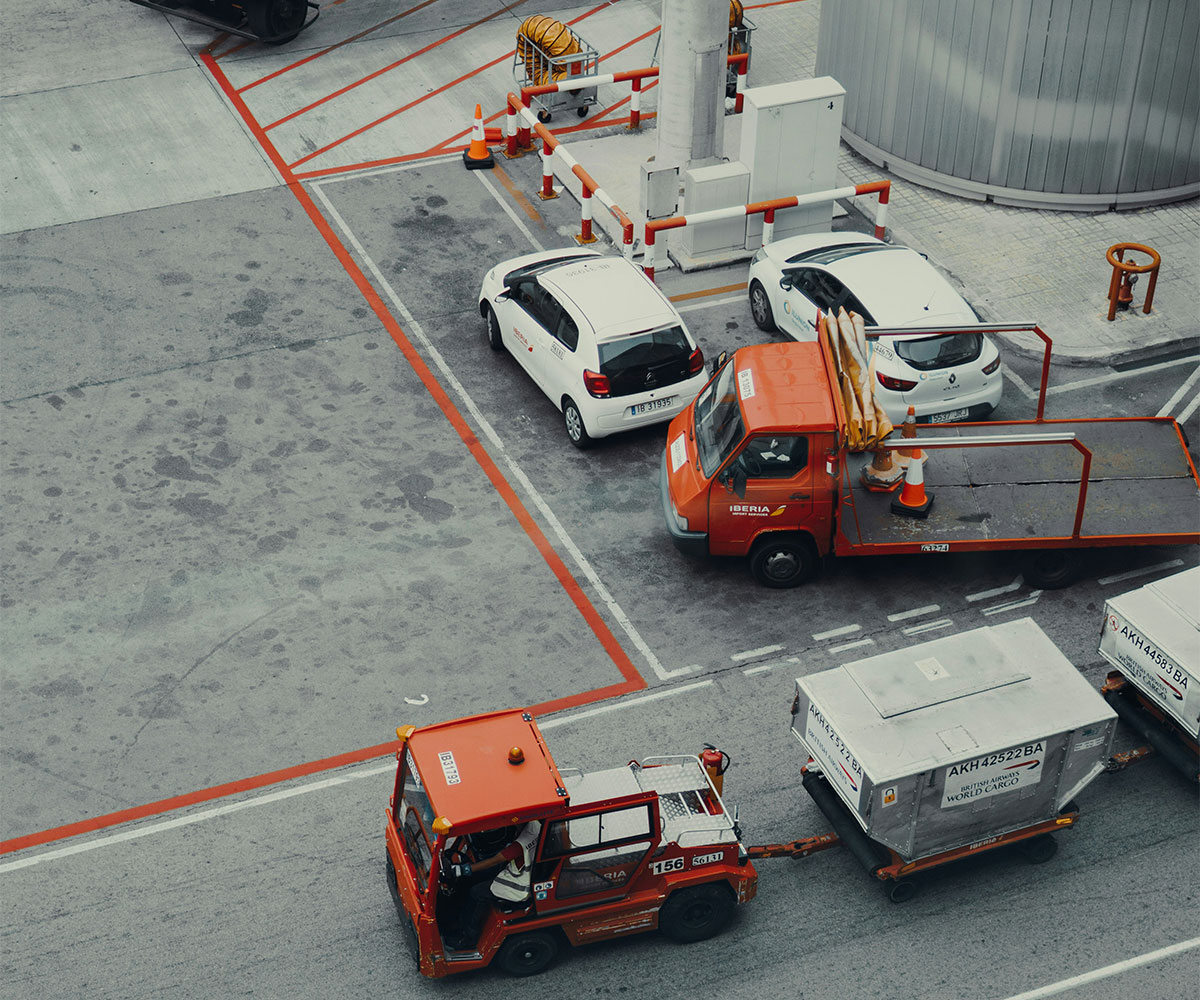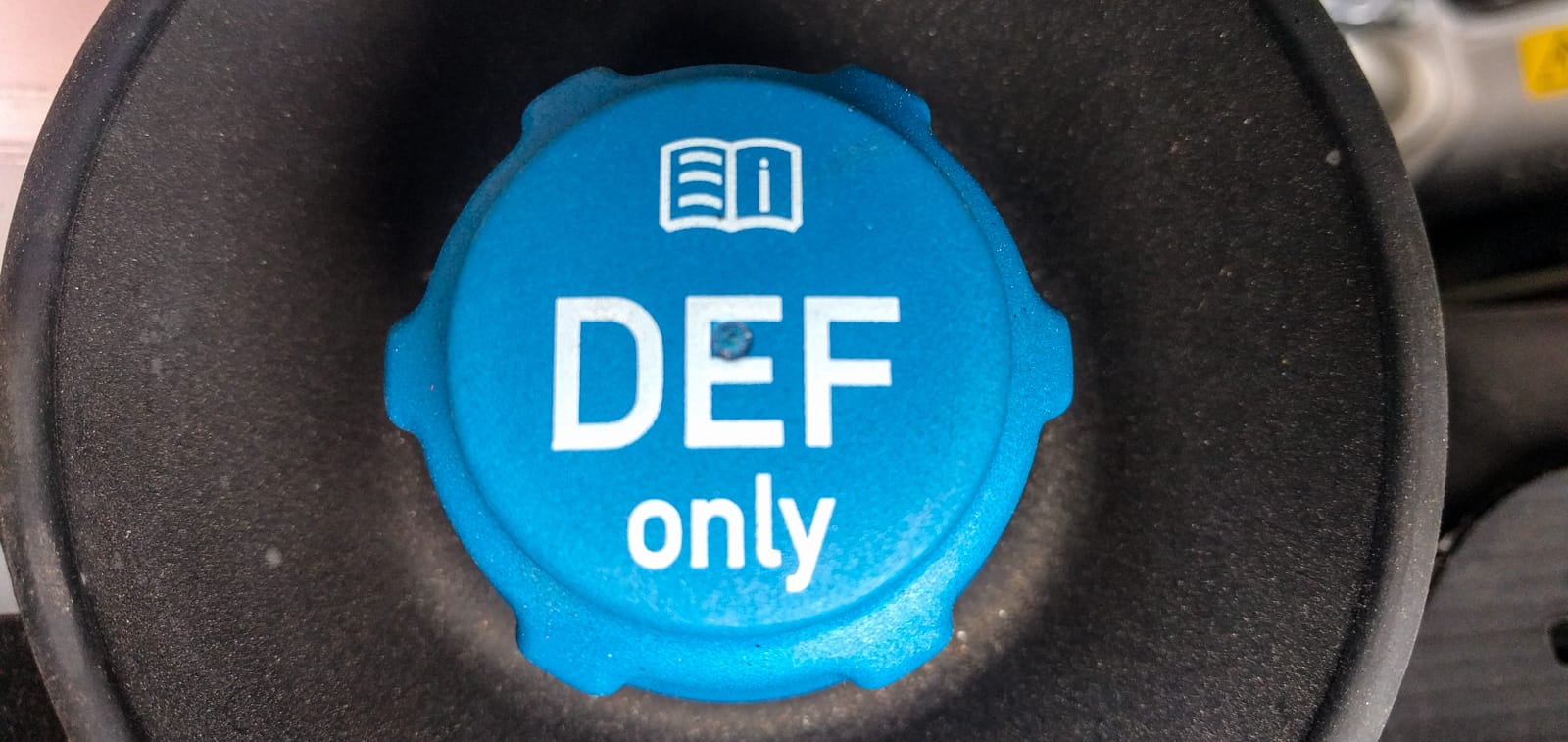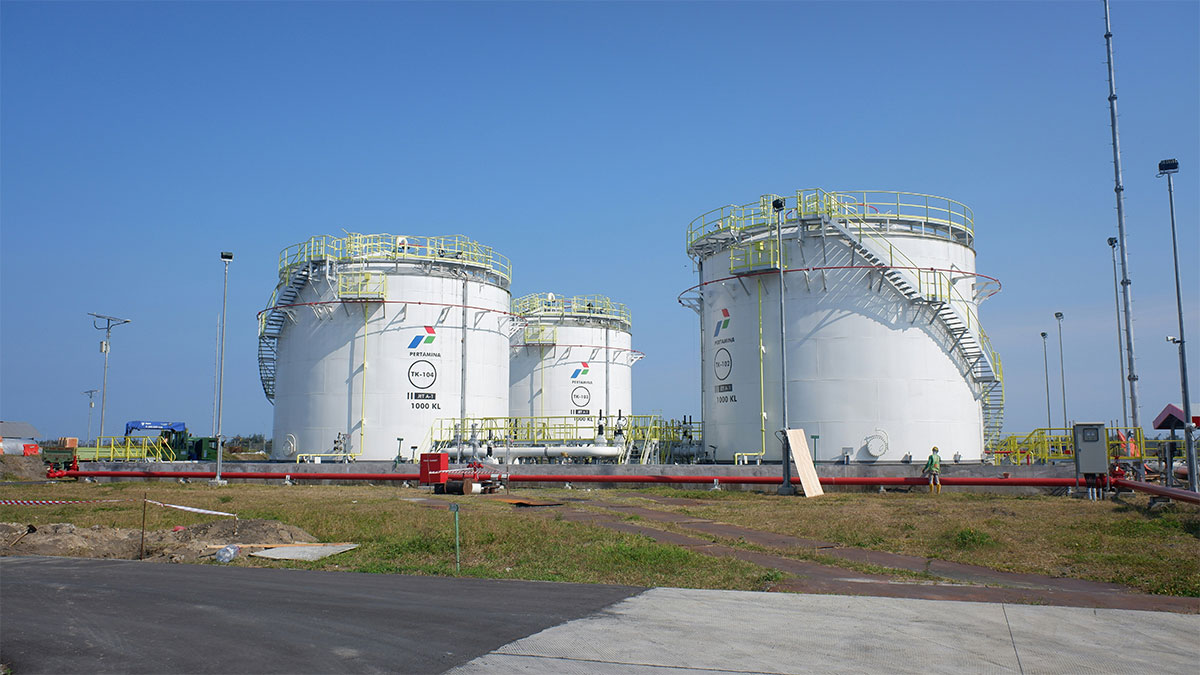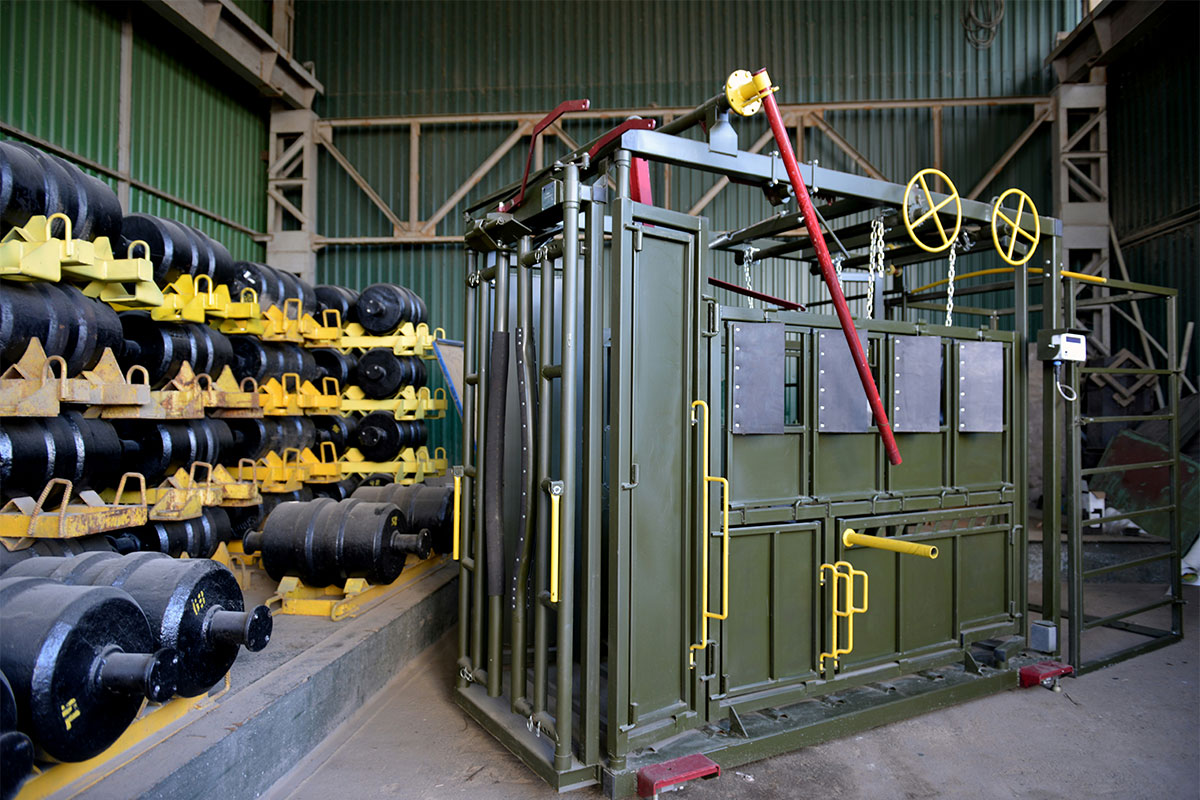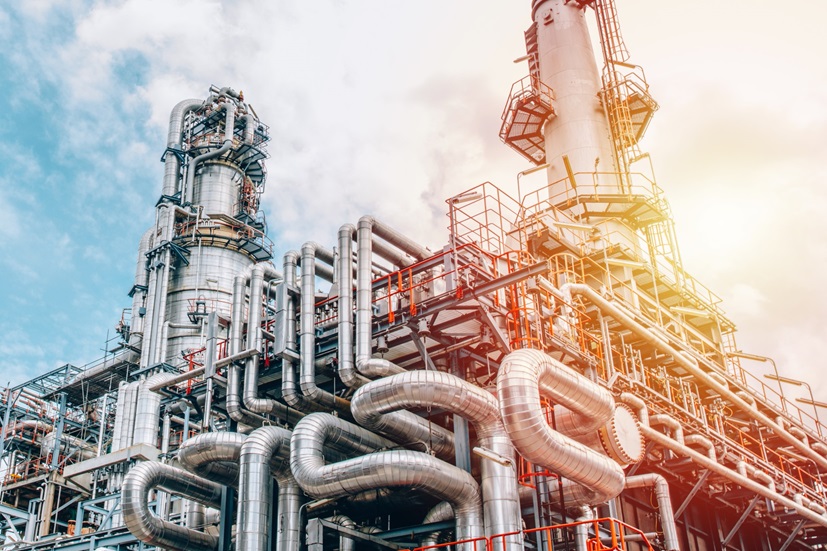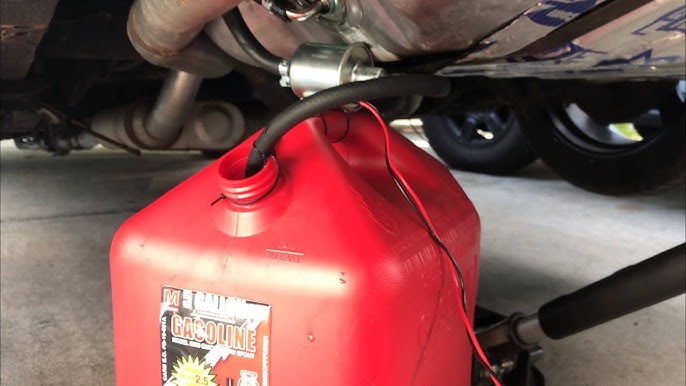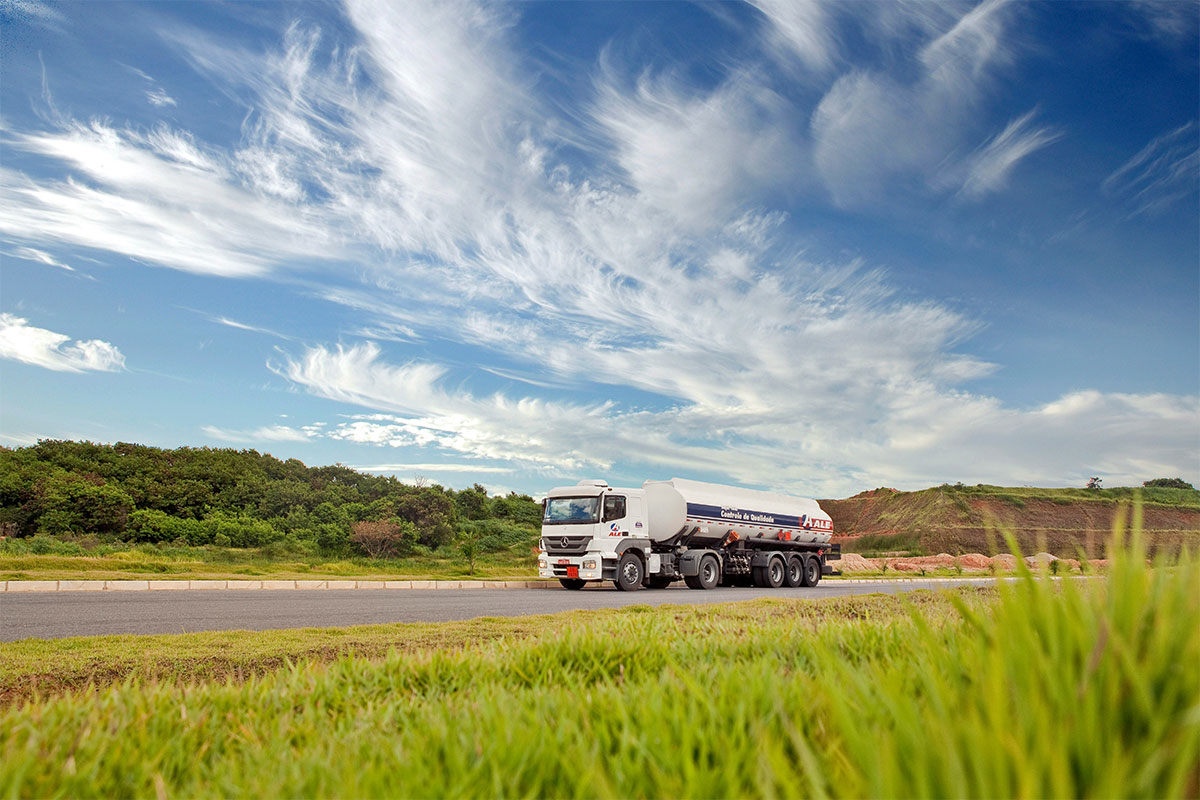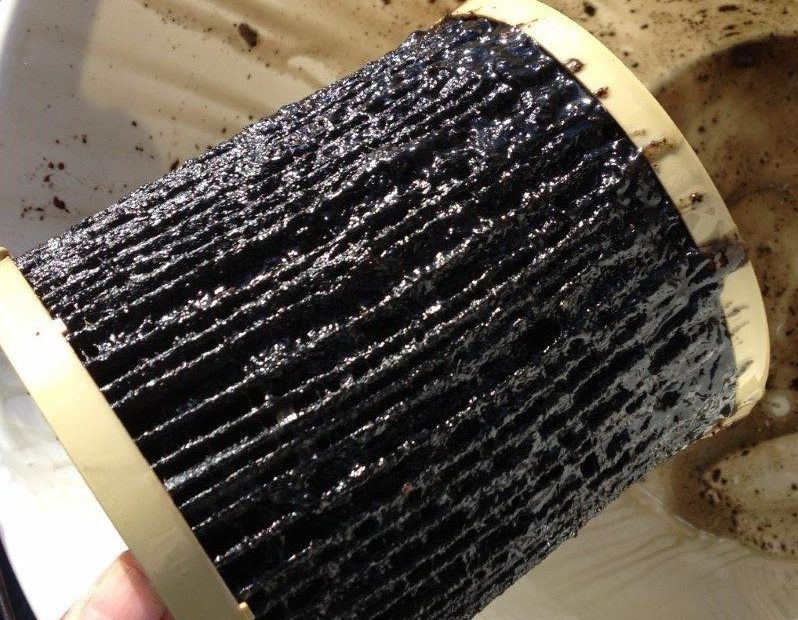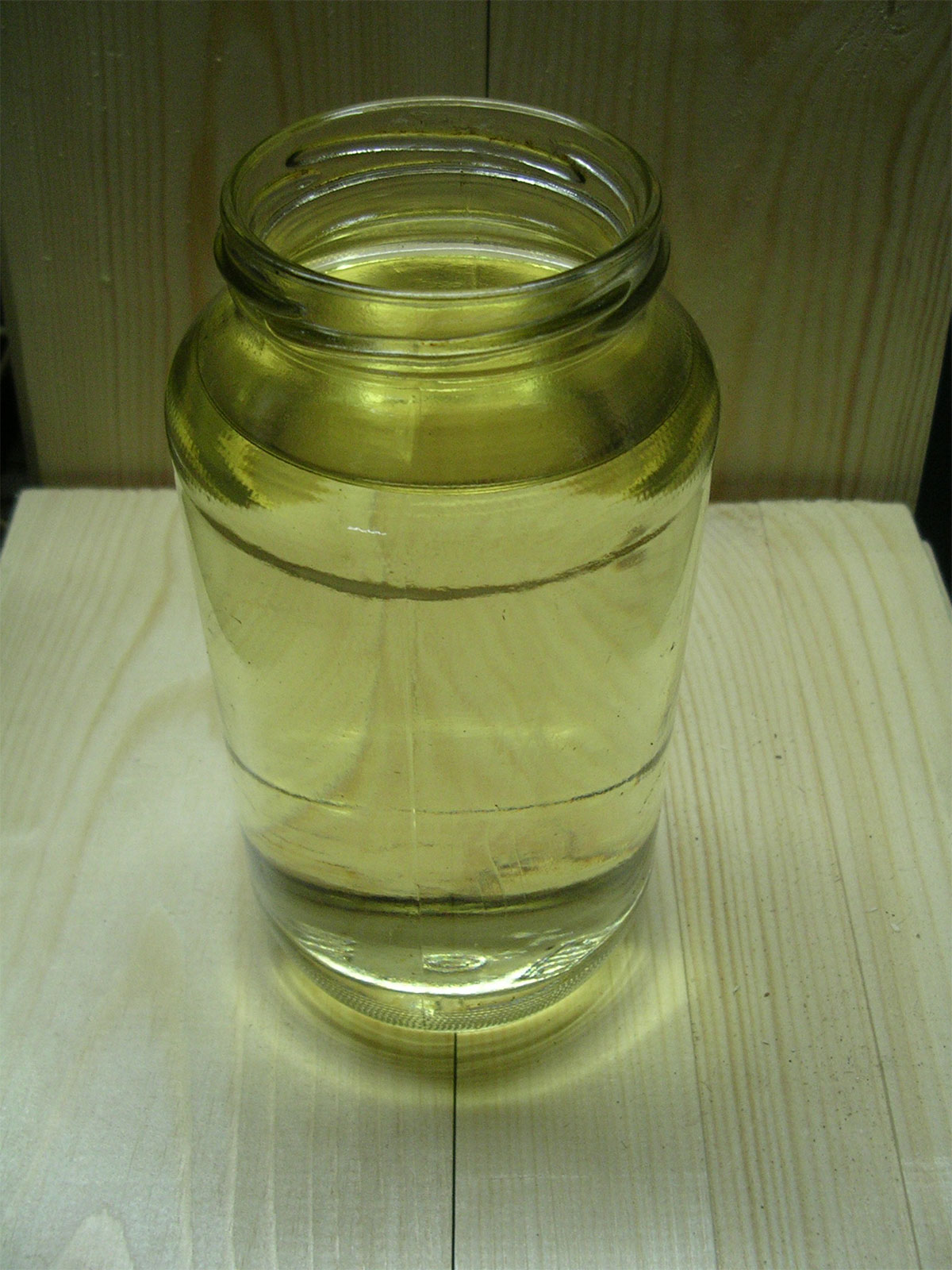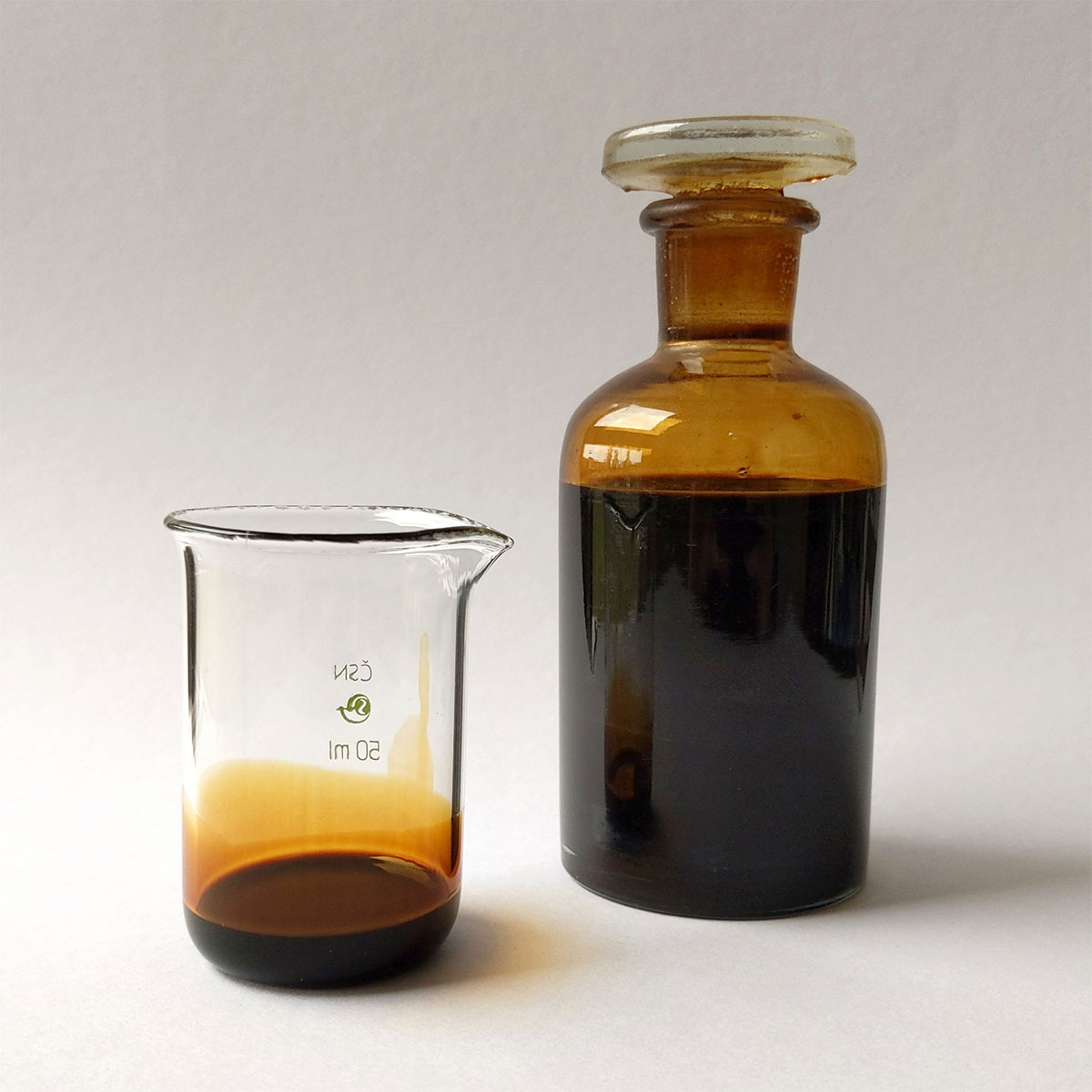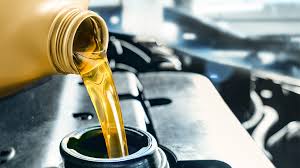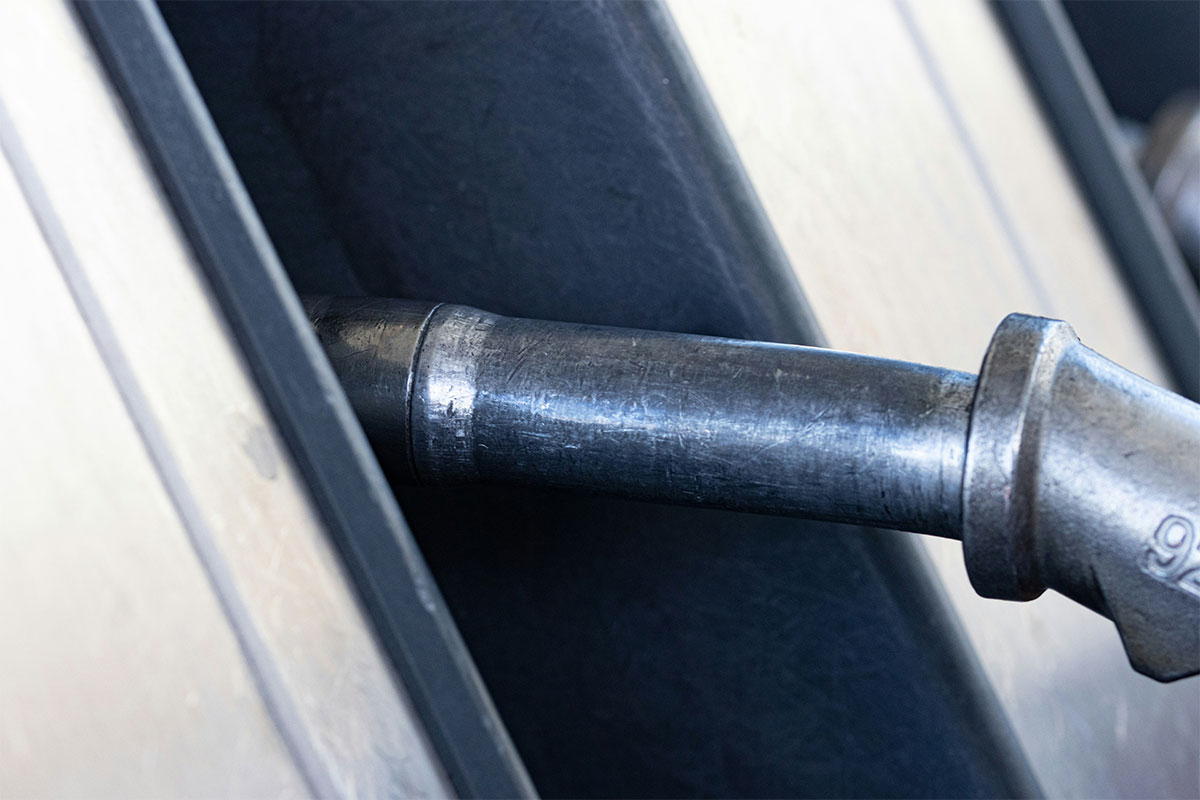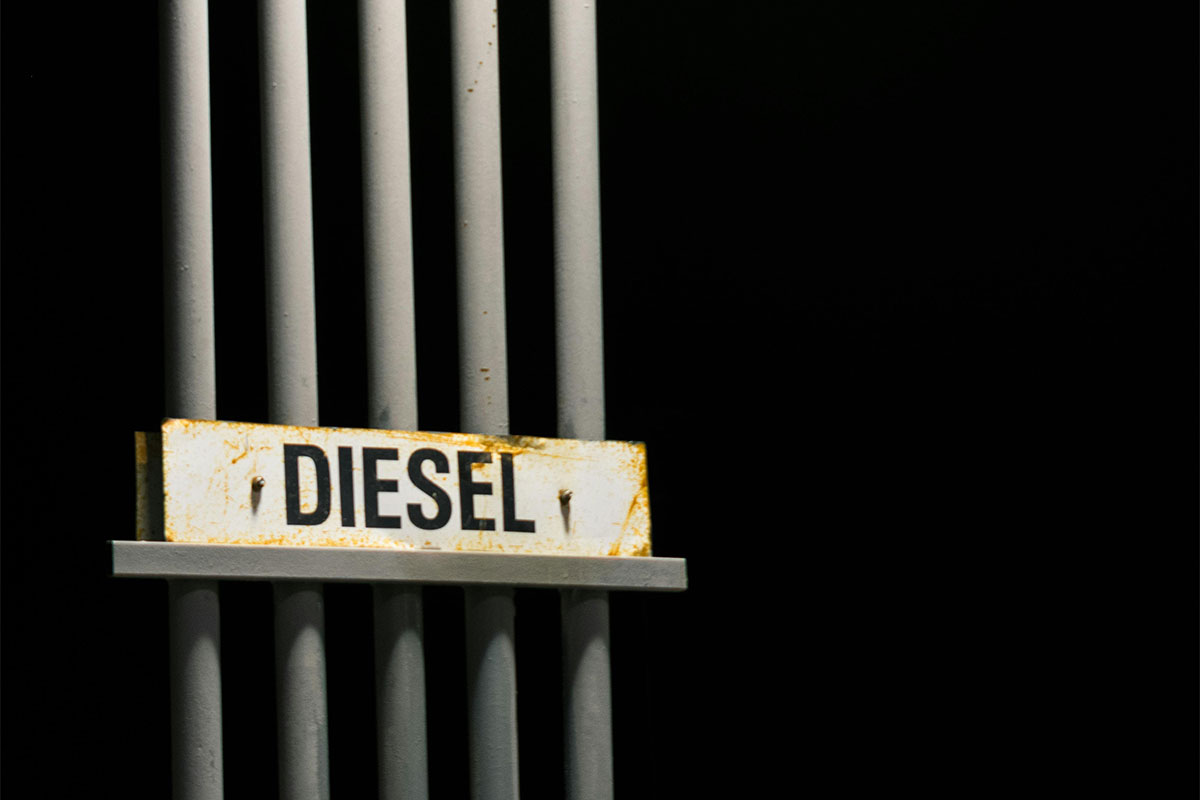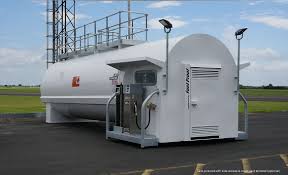Key Takeaways
- Different types of gasoline serve different engines, offering optimized performance and combustion quality.
- There are three types of gasoline at most U.S. stations: regular, mid-grade, and premium.
- Fuel types at gas stations vary globally; know your region’s gasoline grades before refueling.
- Mixing gas types can damage modern engines or void your warranty.
- At Elan Fuels, we help you choose the best gas for cars every time.
Table of Contents
Types Of Gasoline
The gasoline at fuel stations is usually classified into three categories, regular, mid-grade, and premium, each defined by their octane rating. Apart from these visible grades of gasoline, there are other fuel types like ethanol blends, E10, E15, ethanol-free, and flex fuels E85. These types vary based on their additives, their intended use, and the regulatory precision around them. In the US, EPA and ASTM standards are used to classify fuel by chemical composition and environmental compliance.
Different gasoline types serve different engines according to their compression ratios and combustion needs. High-performance engines need high-octane fuel to prevent knocking, while standard engines can operate efficiently on low octane. National and regional requirements influence which fuel is sold. For instance, in Europe, emphasis is on RON (research octane number), the U.S. uses an average of RON and MON(Motor Octane Number)
At Elan Fuels, we help you make the right decision when picking your fuel. The right fuel will prolong your engine life, reduce fuel cost, and optimize your performance. Whether you’re unsure of the difference between regular and plus gas or asking, “what is premium gas?”, we’ve got you covered with trusted fuel options tailored to every vehicle and driver.
Choose wisely based on both engine specifications and local fuel classifications.
What Are The 3 Types Of Gasoline At The Pump?
The different types of gasoline at the pump are;
- Regular gas typically has an octane rating of 87. It’s used in standard engines
- We have mid-grade gas, which has an octane rating of 89. Also called plus gas, which is used in some higher compression engines
- Then we have premium gasoline, whose octane rating is between 91-93. And it is designed for high performance or turbocharged engines, requiring very high compression abilities.
These are the main types of gasoline at gas stations And are what most drivers choose from when asking “What type of gas should I use”, or wondering “what are the three types of gasoline”.
In the US, gasoline types are standardized to accommodate varying needs of different engines. Regular gasoline is used by most vehicles. Mid-grade gasoline is offered in between options for engines that do not require premium fuel. Premium gas is used for engines that require high compression.
The terms used for these fuels vary at the pump depending on the country or region. Regular gas may be called rated unleaded 87 gas or standard fuel. Mid-grade fuel may be called plus, special, or simply have been indicated by the middle button on the pump. While premium gas could be named premium unleaded, super, premium, or even ultimate gas. Regardless of naming, these labels reflect specific gasoline grades at the pump. And it’s important to know your car’s required gasoline type in order to maintain good performance and prevent issues.
Not Sure Which Gasoline Type Your Car Needs?
Choosing the wrong fuel can reduce engine life or void your warranty. Our step-by-step guide helps you match your vehicle to the right octane rating and gasoline type—no more guessing at the pump.
Is Premium Gas The Same As Supreme Or Plus Gas?
Below are the similarities and differences among Premium, Supreme, Plus, and Super Gasoline
| Gasoline Name | Octane Rating | Common Labeling | Similar To | Differences |
|---|---|---|---|---|
| Premium gas | 91–93 | Premium unleaded, super | Supreme, super gas | Highest octane; ideal for high-performance engines |
| Supreme gas | 91–93 | Supreme premium gas, super | Premium gas | Usually a brand term for premium gasoline |
| Plus gas | 89 | Mid-grade, special | N/A | Lower octane than premium; not ideal for turbo engines |
| Super gas | 91–93 | Super premium, ultimate gas | Premium, supreme | Often interchangeable with premium depending on region |
Due to inconsistent branding across regions, it is common to see people confuse the two fuel types. While premium gas, supreme, or super refer to the gasoline type with the highest octane rating at gas stations, plus gas is the mid-grade option and shouldn’t be used where premium gasoline is needed.
In the US, the question “is supreme the same as premium gas” is quite important because fuel is labeled based on the fuel provider. For Shell, they’ll brand 91 octane as V-Power while ExxonMobil will use Supreme for the same gasoline type. So it’s important to always verify the octane number when choosing between gasoline types in the US.
What Number Is Regular Gas?
At gas stations, the most common octane number for regular gas in the United States is 87. This gasoline type is found in nearly all petrol stations and is good for the majority of vehicles.
It’s important to use the right gasoline type to prevent inefficiency, rough idling, and long-term engine wear in vehicles. Regular gasoline has an octane level of 87. This means that it works well in most engines that do not require high compression. Octane rating is the measure of a fuel’s resistance to engine knocking.
Always consult the vehicle’s owner’s manual when choosing a fuel type. It is important to use the recommended gasoline type for your vehicle so that you maintain engine performance and fuel efficiency. We recommend 87 unleaded gas if your vehicle doesn’t specifically require mid-grade or premium gas.
Accidentally Mixed Gasoline Types? Here’s What To Do.
Mixing regular and premium gas isn’t always dangerous—but it can cause problems over time. Learn what happens to your engine, how to fix it, and when to call a mechanic.
What Happens If You Put The Wrong Gas In Your Car?
If you use a fuel type with a lower octane level than is required by your engine, there’s a high probability that that engine will knock. But if you use one with a higher octane rating, it will not cause any damage to the engine but will offer no advantage to you.
Mixing different gas types, accidentally choosing premium gas instead of regular gas, or repeatedly using a fuel type that your engine wasn’t designed for are common mistakes made when fueling. Over time, such mistakes can lead to clogged injectors, reduce your fuel economy, and damage sensors.
If you accidentally misfuel your car, don’t panic. It’s very unlikely that one incident would cause damage to your engine. Just make sure you don’t repeat it. But if you realize that you’ve consistently used the wrong fuel type, please contact the mechanic immediately and avoid starting the vehicle.
At Elan Fuels, we help you protect your engine, avoid damages, and save on costly repairs by making smart fuel choices. It’s important to choose the right gasoline type every time for smooth driving and proper performance.

Which Gas Burns Faster, 87 Or 93?
Below is a comparison of combustion rates, fuel economy and performance between 87 unleaded gas and 93 premium gas.
| Gasoline Type | Octane Rating | Burn Speed | Performance Impact | Fuel Economy |
|---|---|---|---|---|
| 87 unleaded gas | 87 | Burns slightly faster | Ideal for standard engines | Optimized for low-compression |
| 93 premium gas | 93 | Burns more slowly | Needed for high-compression/turbo engines | Better if required by engine |
Conversion speed depends on engine design and not on fuel grade. So even though many assume that premium gas will burn slower and give off much power, it is not the case. So in choosing your fuel type or what type of gasoline you want to use, you should make sure it matches the manufacturer’s recommendations.
Using higher gasoline types like 93 in an engine made for 97 will not improve performance or fuel economy anyway. It may actually be less efficient. But if you use 87 octane in an engine designed for premium gas, 93 octane, it would lead to knocking, lower power, and in the long run, it would destroy the engine.
Want Better Engine Performance Without the Premium Price?
Premium fuel isn’t always the answer. Learn when it’s truly needed, how octane boosters work, and how to optimize your fuel choices without overspending.
What Is Ethanol-Free Gas And Why Does It Matter?
Ethanol-free gas is a gasoline type without any ethanol additives. It offers pure combustion, which is ideal for certain vehicles and tools.
It differs from E10, E15 and 85, which denote fuel types with ethanol additives. The numbers in their name denote the percentage of ethanol they contain
Machines with small engines, classic cars, motorcycles, boats, and lawn-mowers react poorly to ethanol blends, leading to corrosion and attracting moisture. So these ethanol-free gasoline types are usually more suitable for them.
Not every station has ethanol-free gasoline, so it is important when refueling to check if the gas station you are in has ethanol-free gasoline. In the U.S., websites such as puregas.org list stations that have gasoline that is ethanol-free.
Is Diesel A Type Of Gasoline?
Diesel and gasoline are very distinct from each other. Diesel is heavier, less volatile, and has a higher energy density and it relies on compression to ignite. While gasoline would ignite via spark plugs. So, while they are mostly sold side by side, they are very distinct.
Diesel engines are more commonly found in trucks, buses, and cars that require high efficiency and torque rather than high-speed combustion, which is typical of gasoline fuel types. Given their distinctive nature, engines that take diesel should never have gasoline in them for safety and compatibility.
What Fuel Type Do Most Cars Use Today?
The most commonly used fuel type globally and in the USA is gasoline, specifically regular gasoline with 87 octane rating
Even though there’s growing use of electrical vehicles where the energy type is purely electrical, and there’s also growing use of hybrids, gasoline-type fuel is still the most commonly used, and it’s also the one that is used in the hybrids, where they have a mixture of electricity and gasoline for power.
Can You Mix Premium And Regular Gas?
If you mix regular gas and premium gas, their octane levels will blend and form a mid type fuel. Using this blend will not increase the performance of regular engines that run on regular gas. However, if used in engines that require premium gas, it will lead to the engine knocking.
Blending regular gasoline and premium gasoline isn’t unsafe, especially in emergencies. However, if the blend is used in an engine that requires a higher octane rating, the engine will knock. It’s better to use the fuel type recommended by the manufacturer.
Even though occasional mixing is allowed, make sure you return to the recommended gasoline type as soon as you can. We advise drivers not to become used to mixing as it could lead to long-term issues like damaging your engine health and performance.
What Is The Best Octane Booster For Gasoline?
Octane boosters increase octane rating, reduce the likelihood of knocking, and improve combustion in gasoline types. Some top octane boosters are MTBE, Doluen, ethanol additives, and specialized fuel treatments.
Octane boosters increase engine power by raising the effective octane number in gasoline fuel types. This leads to improvements in combustion stability, smoother performance and better fuel efficiency, especially in engines designed for premium gasoline types or high compression. You can use them if your car has octane rating needs that the local fuel types don’t offer.
What Are The Fuel Options At Gas Stations?
At most gas stations, you would find regular gas, mid-grade, and premium gas. You can findalso have alternative fuels like diesel, E5 and ethanol blends. Increasingly, biofuels are also being sold at gas stations.
The fuel types found at gas stations vary according to region. So, drivers mostly rely on clear pump markings in order to select the right gasoline type. It is important to follow the manufacturer’s recommendations when choosing the fuel type for your car. This will help you avoid facing issues with your engine.
Evolving consumer trends and rise in demand for cleaner fuel types, has led to flex fuels and electric vehicle charging systems being at modern gas stations.
Who Sells Top Tier Gasoline?
Top tier gasoline is the gasoline type that has higher detergent additives. They prevent deposits that harm the engines and assure proper performance. Retailer that sell its are Costco, ExxonMibil, 76, BP, Chevron and Shell.
What Is Gasoline Made Of?
Gasoline is refined from crude oil, and depending on the region and the type, its formulation would vary. Typically, gasoline contains hydrocarbons for energy, additives for engine cleanliness, and oxygenates for emission control. Seasonal blends of gasoline, may be affected by environmental factors like volatility and reed vapor pressure, the ensure performance, reduce pollution and regulatory standards.
